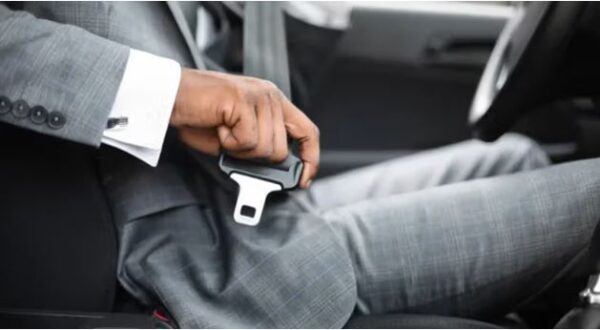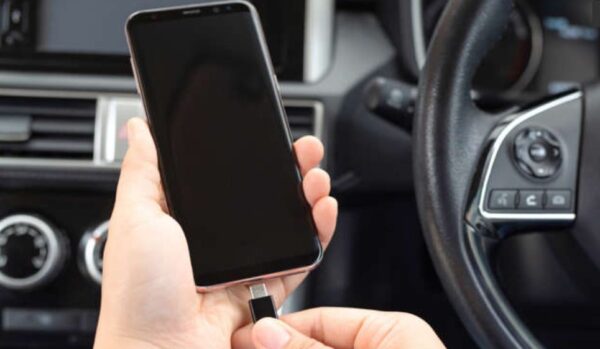Lifestyle
Why seatbelt usage could save more lives than you think

Every time we get into a car, many of us fasten our seatbelts without much thought.
It has become a habit, something we do automatically, like locking the door when we leave the house.
But while it may seem like a small action, using a seatbelt is one of the most effective ways to protect ourselves on the road.
The truth is, seatbelt usage could save far more lives than most people realise.
Seatbelts save lives
It’s a fact that wearing a seatbelt drastically reduces the risk of injury or death in a car accident. According to the National Highway Traffic Safety Administration (NHTSA), seatbelts reduce the risk of death for front-seat passengers by about 45% and cut the risk of serious injury by 50%. These numbers show just how crucial this simple safety measure is.
But what do those statistics really mean? Imagine if, in every car accident, almost half of the lives lost could have been saved just by buckling up. That’s the potential impact we’re talking about. In a world where we’re constantly looking for ways to improve safety—whether through better car technology, safer roads, or stricter driving laws—the seatbelt is a tried-and-true lifesaver that we can use right now.
Common misconceptions about seatbelts
Despite the clear benefits, not everyone wears a seatbelt, and there are several reasons for this. Some people believe they don’t need to wear one because they are only going a short distance. Others think that seatbelts are uncomfortable or that their car’s airbags will protect them in the event of a crash. However, these beliefs can be incredibly dangerous.
For instance, most car accidents happen close to home. In fact, many crashes occur within just a few miles of where the driver lives. So, even on short trips to the grocery store or picking up a child from school, the risk of an accident is real. And while airbags do provide added protection, they are designed to work in tandem with seatbelts, not replace them. Without a seatbelt, the impact of an airbag can actually cause serious harm.
The human cost of not wearing a seatbelt
Beyond statistics and studies, there’s the personal and emotional cost to consider. Every life lost in a car crash represents someone’s loved one—a parent, child, friend, or partner. Families are left grieving, wondering if things could have been different. In many cases, simply wearing a seatbelt might have made all the difference.
It’s important to approach this issue with empathy because everyone has their own reasons for the choices they make. Some people may forget to buckle up, or perhaps they were never taught the importance of seatbelt use. However, understanding the life-saving potential of seatbelts and encouraging their use is something that can help prevent more families from experiencing such loss.
It’s not just about following the law or avoiding a ticket; it’s about protecting yourself and your loved ones. Car accidents are sudden and unpredictable, and while we can’t always prevent them, we can take steps to reduce the harm they cause.










